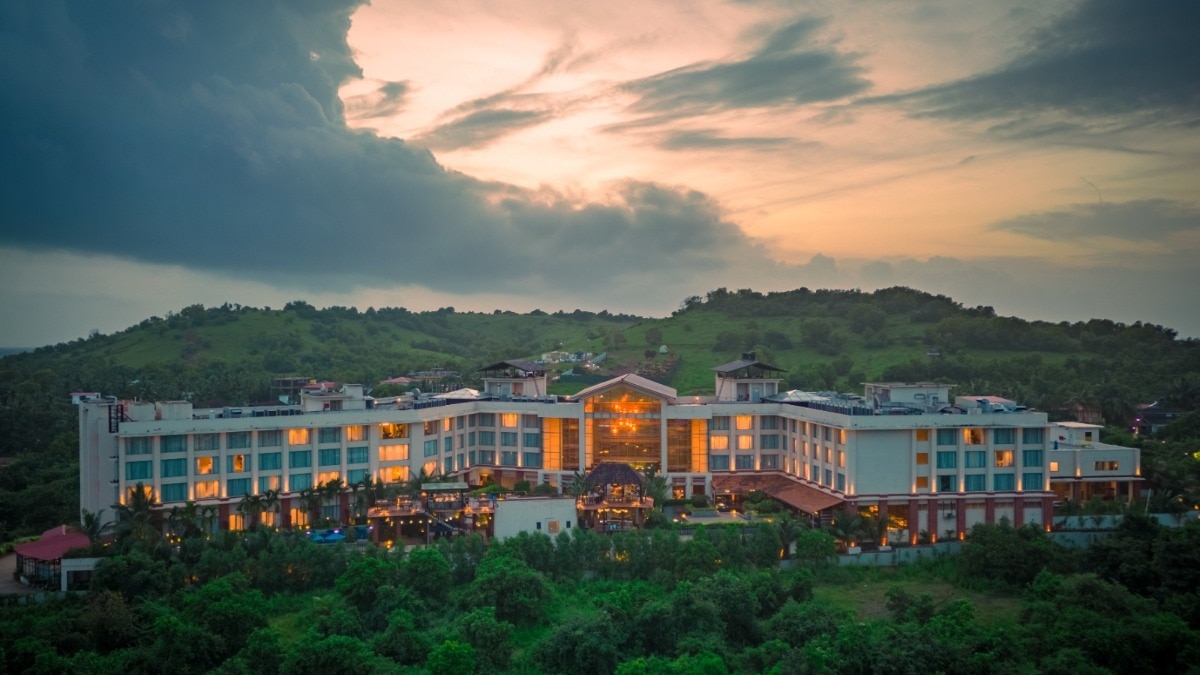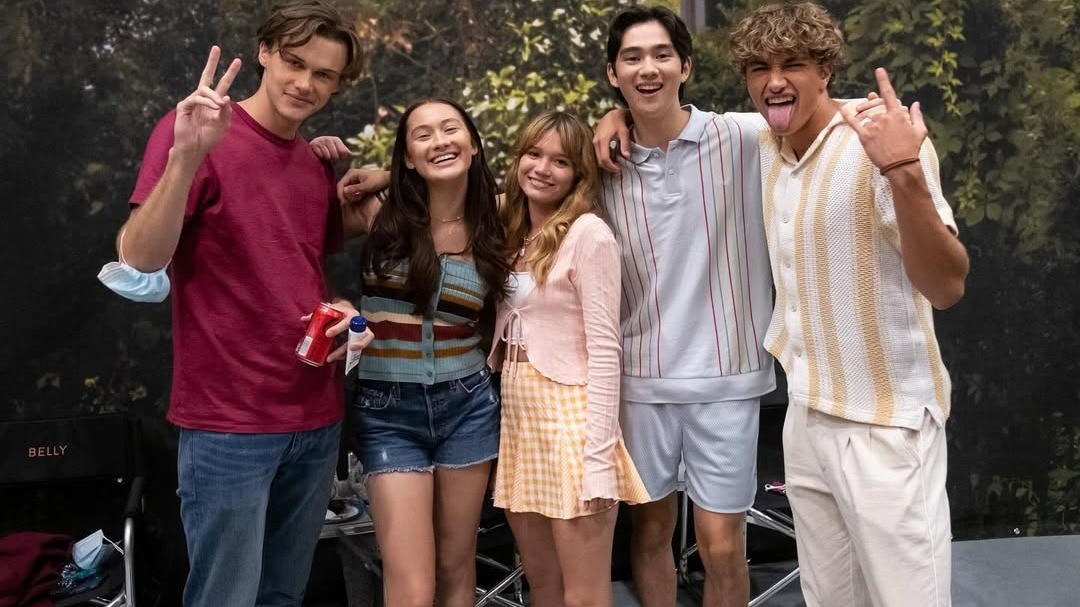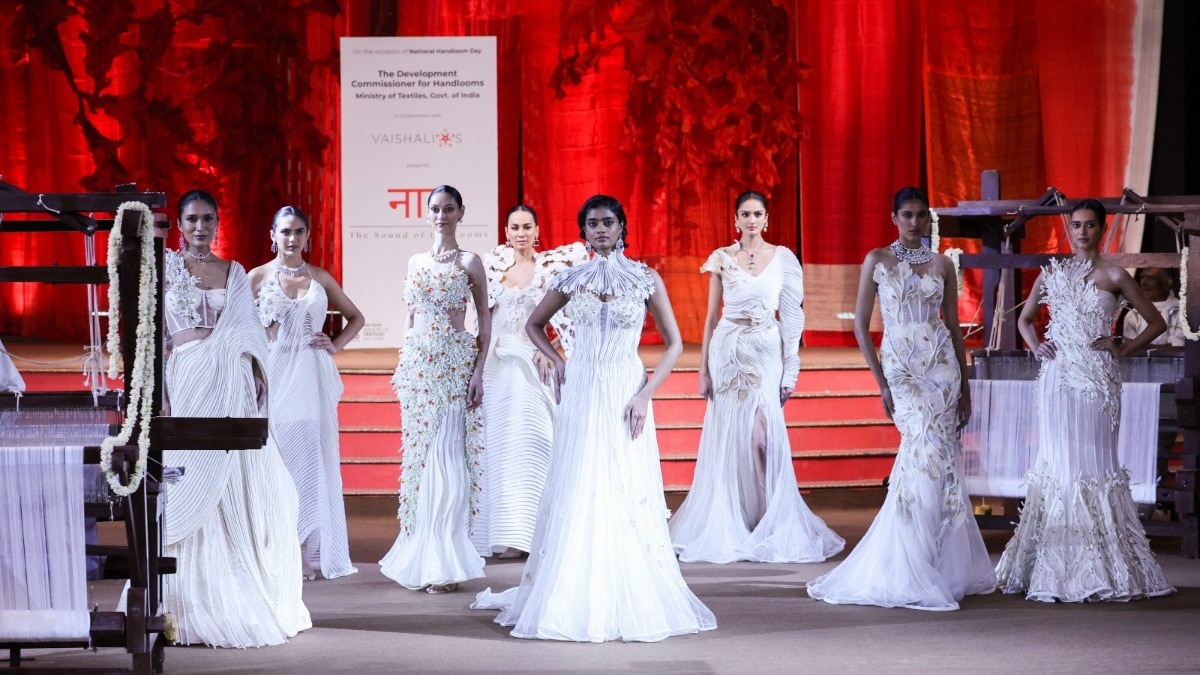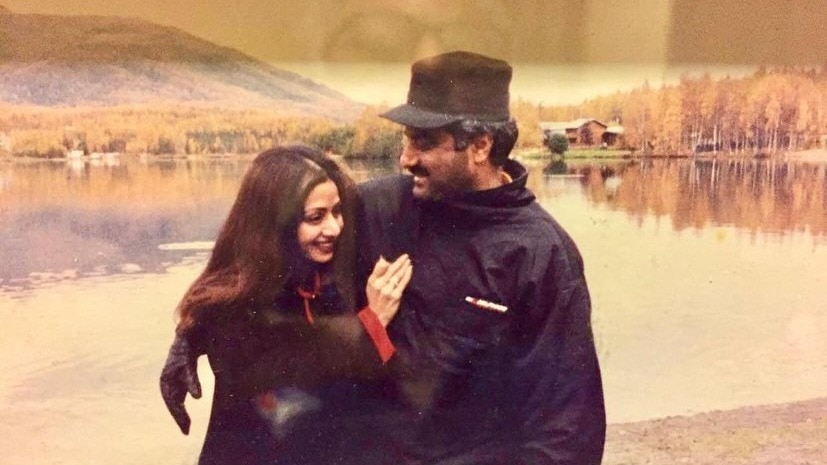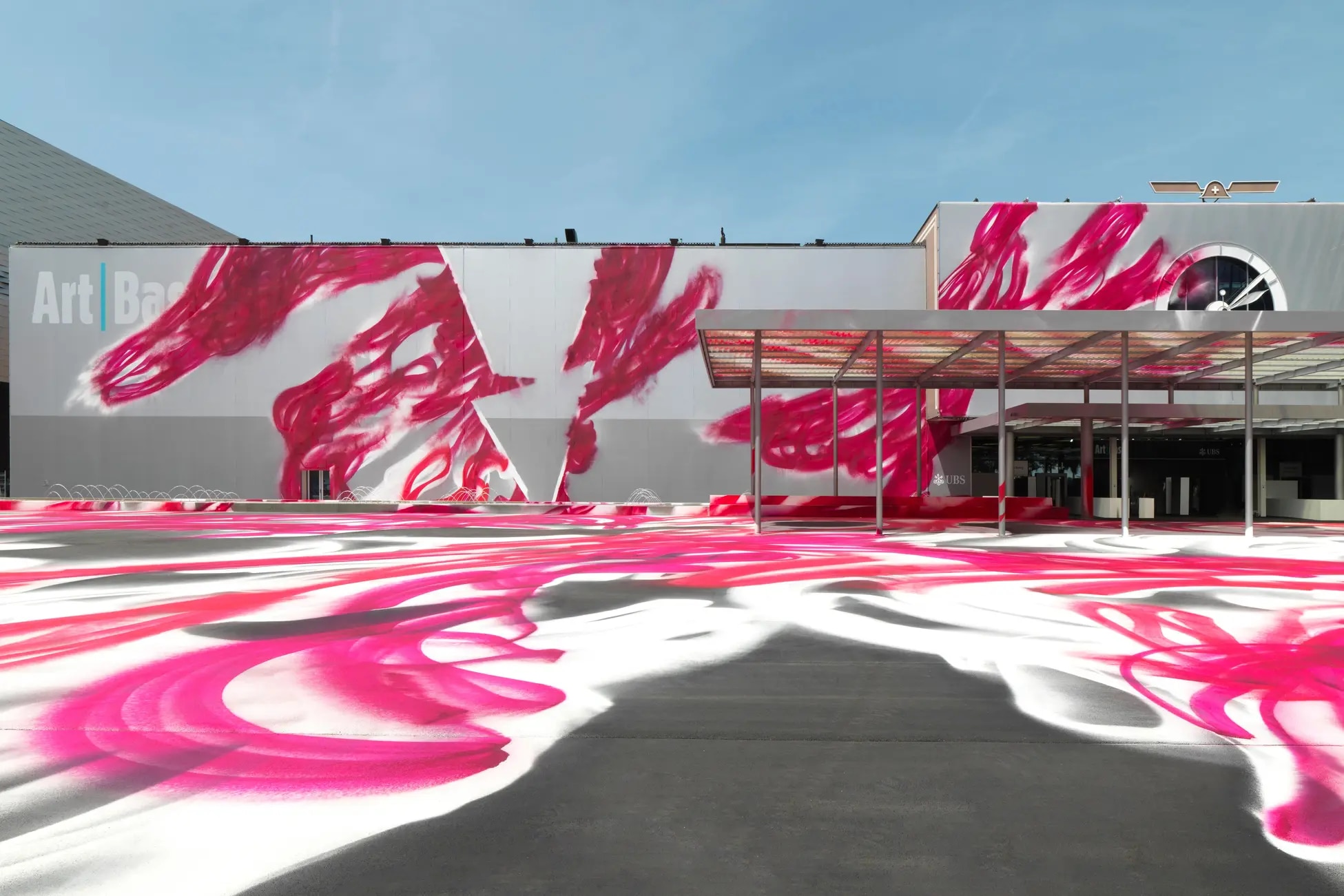
- Home
- Lifestyle
10 standout art gallery booths at Art Basel 2025

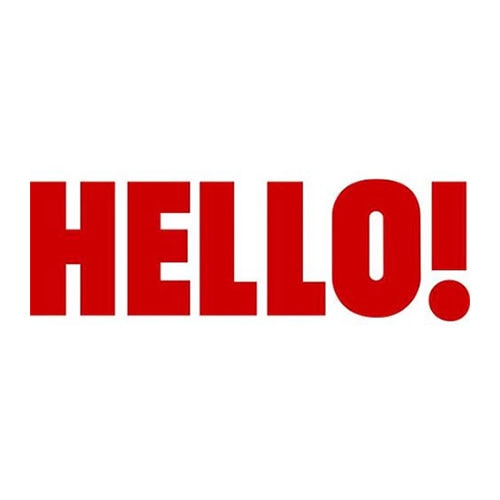
Art Basel 2025 unfolded with unmistakable intensity. Against a backdrop of market recalibration, the fair welcomed 289 galleries from 42 countries, affirming its global stature, while shifting collector dynamics saw a notable dip in American buyers. European and Asian collectors filled the void, with strong interest in mid-range works and a cautious but focused approach to blue-chip acquisitions.

This year’s debut of the Premiere sector and return of Unlimited, Statements, Kabinett, and Feature brought curatorial energy to the booths—many of which offered museum-quality presentations. Here are ten that captured the fair’s mood and imagination:
1. Gladstone Gallery (New York, Brussels, Seoul)
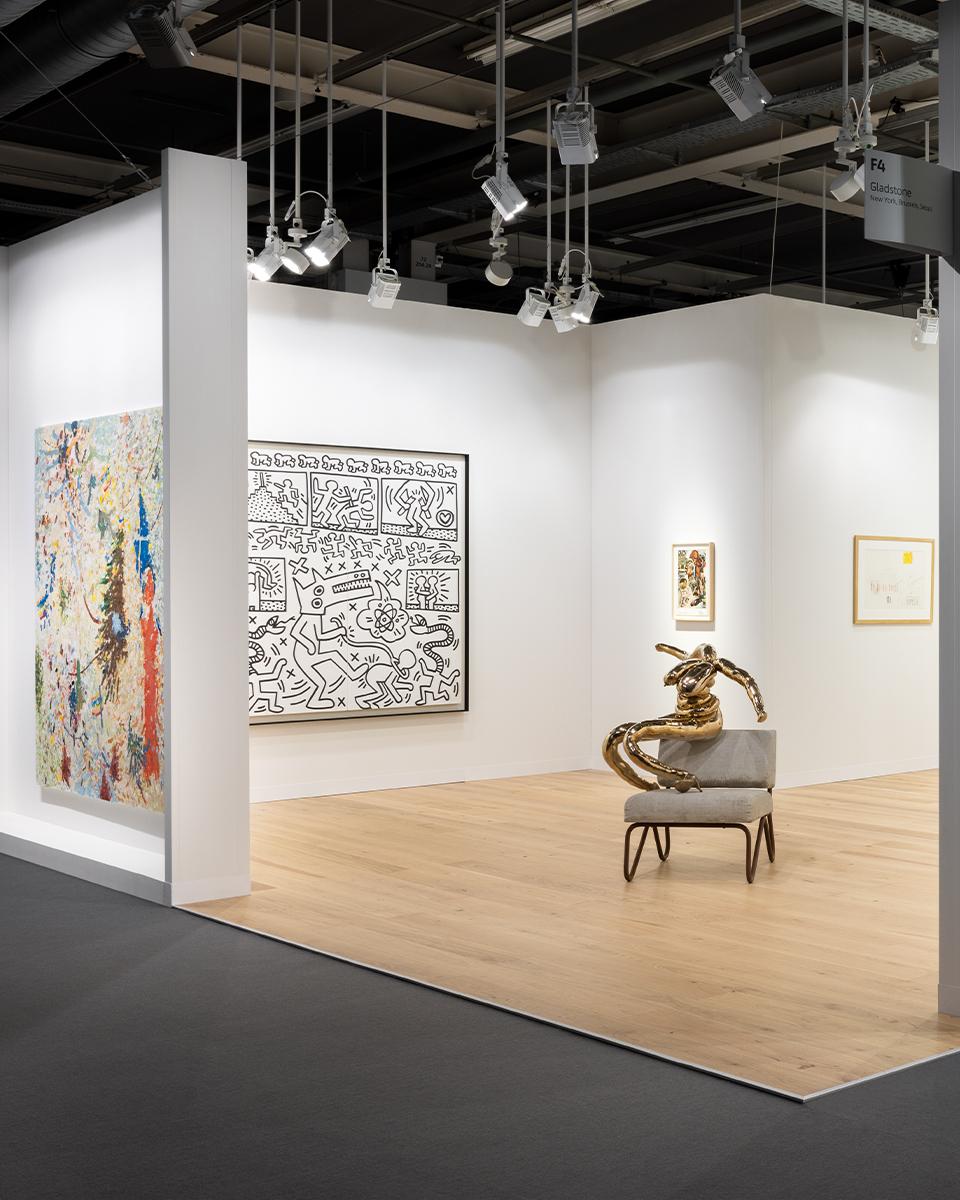
Gladstone delivered a rich cross-section of modern and contemporary voices. Keith Haring’s sumi ink on wood pulsed beside Rauschenberg’s Signs (1969) and Sigmar Polke’s media-inspired raster work. Anicka Yi’s conceptual sculpture and Alex Katz’s Lilies 11 (2025) added contemporary sharpness. With a roster including Joan Jonas, Matthew Barney, and Marisa Merz, this booth spanned generations and mediums with ease.
2. Esther Schipper (Berlin, Paris, Seoul, New York)
This booth was a study in conceptual clarity, divided into three themes: Black & Light, Color & Space, and Memory & Landscape. From Anicka Yi’s glowing sculptures to Angela Bulloch’s spatial forms and Tauba Auerbach’s AI collaborations, the gallery combined technological fluency with emotional depth, offering a meditative experience amid fair chaos.
3. Lisson Gallery (London, New York, LA, Beijing)
Lisson’s booth bridged history and contemporary urgency. Lee Ufan’s Response (2025) anchored the space in Unlimited, while Carmen Herrera’s rare 1948 work glowed with minimalist precision. Standouts included Otobong Nkanga’s ecological tapestries, Dalton Paula’s gold-leaf portraits, and Anish Kapoor’s immersive optics. Together, they wove a story of presence, resistance, and transformation.
4. Edel Assanti (London)
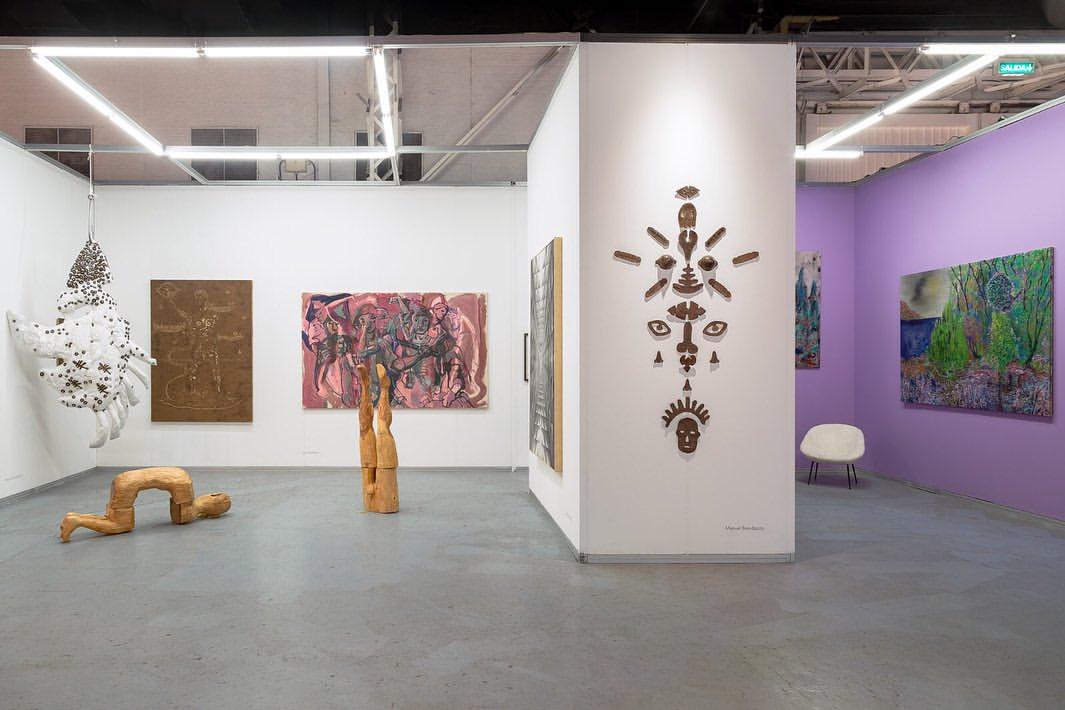
In Premiere and Unlimited, Edel Assanti showcased Lonnie Holley in a career-defining presentation. His sculptures and assemblages explored civil rights, memory, and Black southern identity with poetic force. Holley’s rising global stature—fueled by exhibitions at The Met and the Whitney—made this booth both timely and timeless.
5. Von Bartha (Basel, Copenhagen)
Titled Re-Actions!, von Bartha’s booth paired avant-garde giants like Moholy-Nagy with contemporary abstractionists like Marina Adams and Francisco Sierra. This dialogue between formal rigor and present-day experimentation offered a dynamic take on conceptual continuity and disruption.
6. Mai 36 Galerie (Zurich)
Photography and material experimentation met in a sleek presentation featuring Thomas Ruff, Robert Mapplethorpe, and Peter Hujar. From Irma Blank’s visual scripts to Poppy Jones’s suede paintings and Magnus Plessen’s portraits, the booth traced visual language through gesture, light, and abstraction.
7. White Cube (London, Paris, Hong Kong, Seoul)
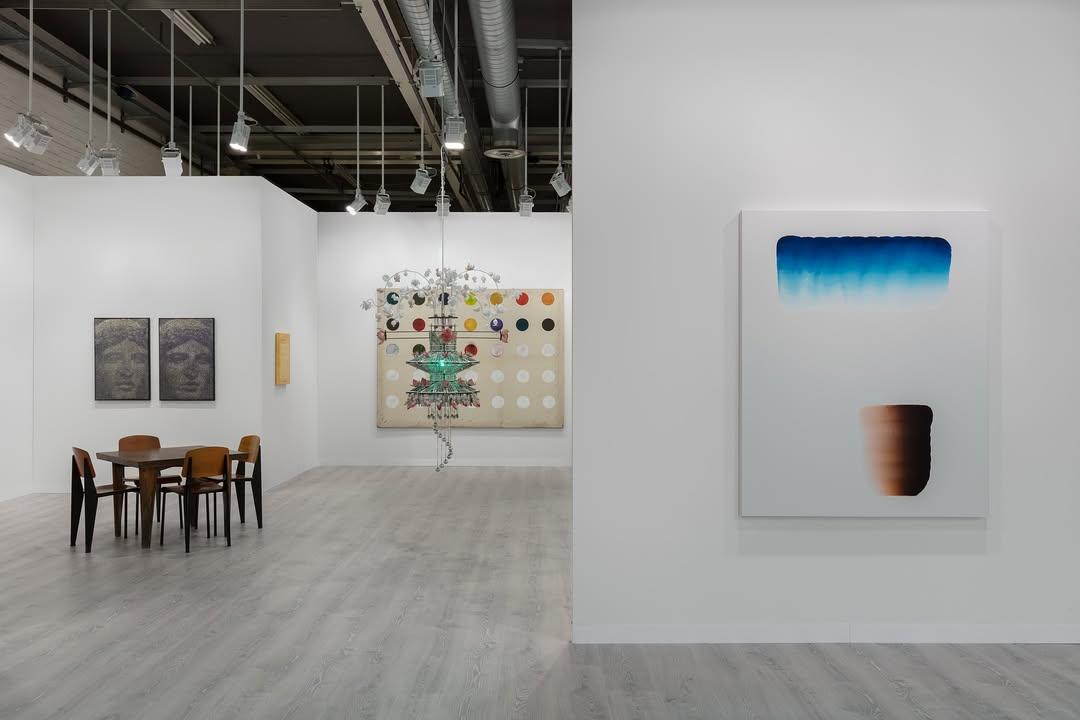
White Cube brought the heat with works by Cai Guo-Qiang, Peter Doig, and Julie Mehretu. Gunpowder, pigment, and abstraction collided in a powerful curatorial mix. Georg Baselitz’s €2.2M sale signaled market confidence, but it was the visual conversations—between Richard Hunt and Sam Gilliam, or Doig and Michael Armitage—that left lasting impressions.
8. Experimenter (Kolkata, Mumbai)
This Indian gallery’s conceptually tight group show focused on memory, identity, and material politics. Ayesha Sultana’s metallic graphite works, Vikrant Bhise’s ‘Royal Blue’ portraits, and Bhasha Chakrabarti’s textile triptych from shipbreaking yards delivered quiet force. A standout among politically engaged booths.
9. Kukje Gallery (Seoul)
Kukje blended Dansaekhwa masters with global contemporaries. Works by Lee Ufan, Jenny Holzer, and Julian Opie met emerging Korean voices like Kyungah Ham and Suki Seokyeong Kang. Lee Ufan’s Dialogue (2021) fetched over $1M, underlining Kukje’s market and curatorial weight.
10. Galerie Nordenhake (Berlin, Stockholm, Mexico City)
With sculptural installations by Frida Escobedo and collaged narratives by Frida Orupabo, Nordenhake’s booth played with perception, history, and identity. Paired with works by Stanley Whitney, Spencer Finch, and Patricia Treib, the space resonated with formal elegance and conceptual bite.
(Also Read: 7 museum openings to watch out for)
